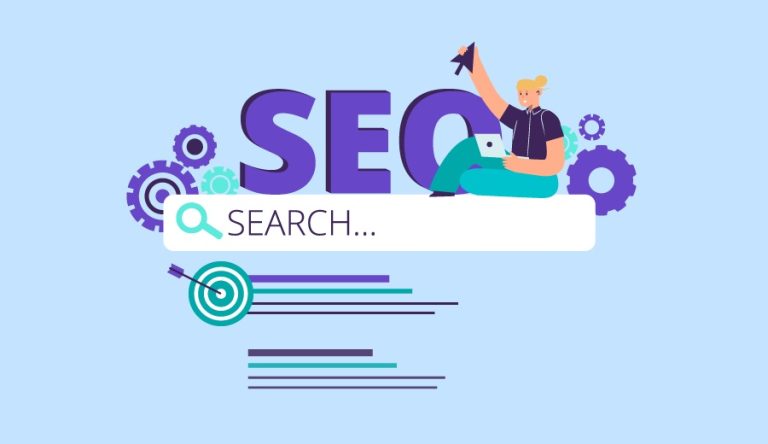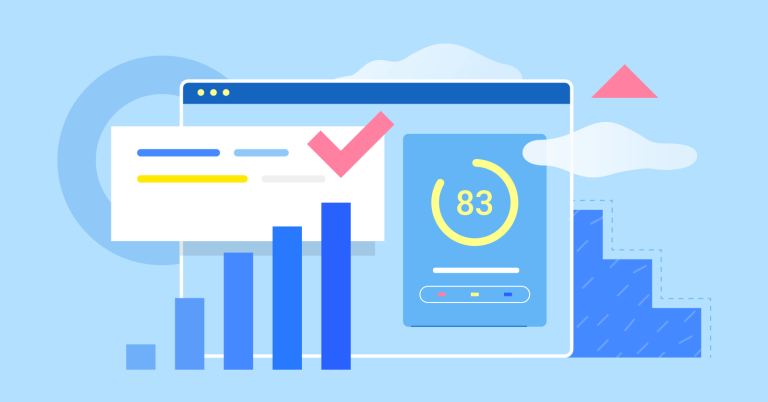Even using a template, building a website may be difficult, but from scratch is far more difficult. While all you really need is patience, knowledge of code, and UX design, it’s a popular fallacy that you need a lengthy degree in computer science and web development courses. For the fundamentals, keep reading!
Choose a Simple Language
The methods necessary to use code to build a website are referred to as web development. Making a decision about a platform or language is the first stage in building a website. The success of your project will be influenced by the platform and programming language you choose from the several options offered.
Since it will affect the outcome, choosing the right programming language for web development is essential. Be sure the programming language you choose has all the capabilities and resources you’ll need to build your website rapidly. The user experience (UX/UI) design of a computer language has to be considered. Several different languages are used by site developers, and some of them provide developers with greater creative licenses without sacrificing the UX of the site as a whole.
Choosing the right programming language for your website might be challenging, but doing so is essential to making sure it runs smoothly and accomplishes your goals. You could have less stress, resource waste, and output loss if you choose the correct programming language.
Interacting with someone in the industry is an excellent way to learn more if your own information search for a language suitable for your project leaves you bewildered.
They will be able to recommend the best coding language for your project since they are fluent in a variety of languages.
To find out more about the coding languages that could be useful for your website development project, search for tutorials, articles, and discussion forums that cover these topics. If the right coding language is utilized throughout development, your website will function as expected and achieve your goals.
Recognizing the Fundamentals
Skills in coding are highly valued by employers in the information technology industry. It is a piece of software that is used to create digital content, including websites, apps, and other applications. There are various programming languages available, and the best one for you will depend on your needs and interests.
To get started with web programming, learn HTML and CSS. These web concepts are clear and straightforward to understand. You could go on to more difficult programming languages like JavaScript or Ruby on Rails after understanding HTML and CSS.
Learn CSS and JavaScript if you want to work in user interface or user experience design. These languages may be used to create user interfaces that are both visually pleasing and user-friendly. Animated pictures and interactive elements may both be produced with them.
Web developers have access to a wide range of programming languages; the question is, which one is best for you? Your objectives and passions have a big role.
The markup languages HTML and CSS are great places to start learning how to code for websites. While they are necessary for creating websites, they are rather simple to grasp on your own. You could go on to harder languages like JavaScript or Ruby on Rails after you’ve mastered them.
If you want to work in user experience and interface design, learning CSS and JavaScript is among the most crucial programming languages to have mastered. They may be utilized to create user interfaces that are appealing to the eye and simple to use. Animated pictures and interactive elements may both be produced with them.
Design
You may begin building your website after your code foundation has been established. Your website’s UX and UI should be carefully examined to make sure that it serves its intended function and appeals to the target market. Remember that an easy-to-use and understandable UX/UI design is a good design.
The programming of a website determines its functioning, while the user interface design and user experience define its aesthetics. The consistency of a website’s code, user interface, and user experience determine how well it performs. Consider the goals and preferences of the end user while designing for usability.
Remember that coding and UX/UI design go hand in hand when creating a good website. The UX/UI design determines how users interact with a website, while the programming determines how it functions.
The creation of user interfaces, user experiences (UX), and web designs are all part of this phase (UI). Web developers put back-end functionality ahead of aesthetics when it comes to user experience and interface design, two aspects of web development.
You need strong coding skills if you want to become a competent web developer. But, creating the website’s components is just one step in the process. Also, it’s crucial to understand user interface design and user experience design, or UX design (UI design). User interface (UI) design aims to improve user accessibility, while user experience (UX) design aims to make websites and applications as easy to use as possible.
You must be educated in not just coding but also user experience and interface design, as well as how to mix these components if you want to work as a web developer. To get you started in the digital world, there are many useful books and courses available. You will soon be able to make your own websites and applications if you put in the time and effort to learn programming languages, user interface design, and user experience.
Launch
Your website’s design is finally finished after much work and effort; show it off! A server must host anything that is posted online. Anybody with an internet connection may access your site once it is life.
A new website’s launch might be a difficult task. You need to create the website’s code, guarantee a positive user experience, and create a visually appealing user interface. Yet, in the end, it will all be worthwhile! Your website will see a boost in traffic and sales when it launches. Remember that updating your website often is necessary if you want people to come back.
While creating and maintaining a website might be challenging, the benefits are unquestionably worthwhile. You have complete control over the appearance and functionality of your website when you develop it yourself. The whole user experience might thus be customized to your target market’s tastes. Also, consumers are more inclined to stay and explore your website if the user interface is well-designed.
Yet, a lot of coding and other work goes into creating and publishing a website. It requires a great deal of effort and time, and anything may go wrong. With little work, you can quickly create a stunning website that is customized to your business’s requirements. As soon as it’s practical, you should begin organizing your launch and writing code.
Whether you’re interested in learning the foundations of coding or UX design, there are a number of resources available to assist you in getting started with web development. The information sessions offered by Learning Fuze are a great place to start discovering and pursuing your academic and extracurricular interests. For more information about these programs and to sign up for a 14-week course, go to www.learningfuze.com.
Building a website from scratch may be really satisfying. You may be able to create something really amazing if you know how to write code and understand design principles. Why not practice coding and web development if you want to build your own website? You may be shocked by what you can do!



